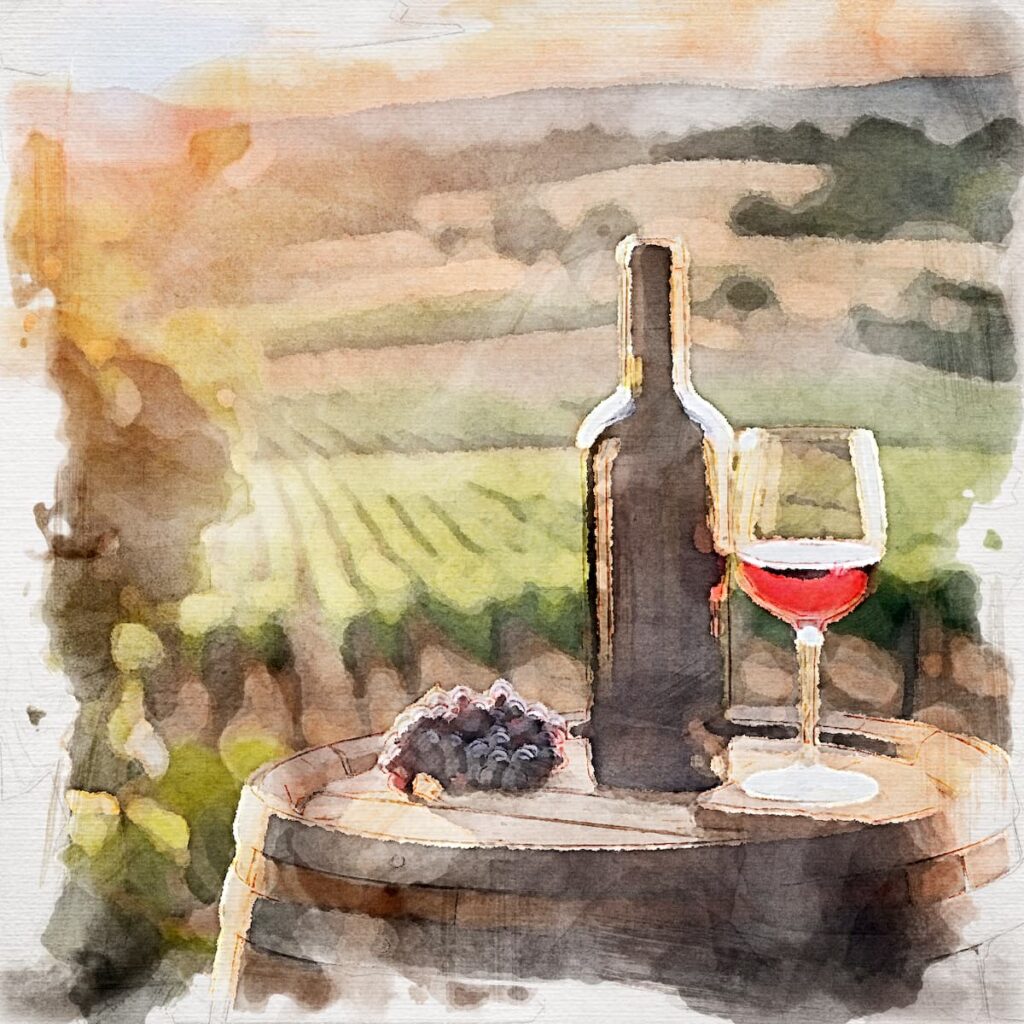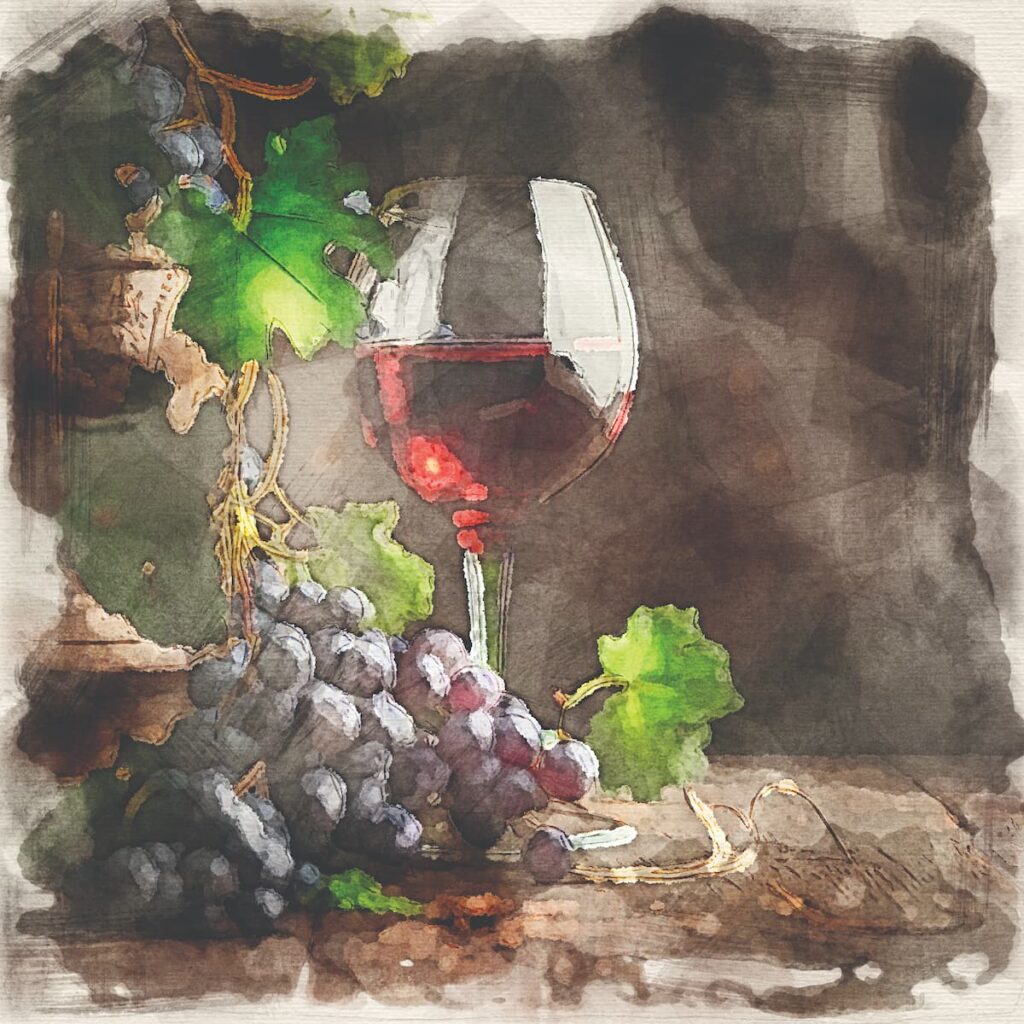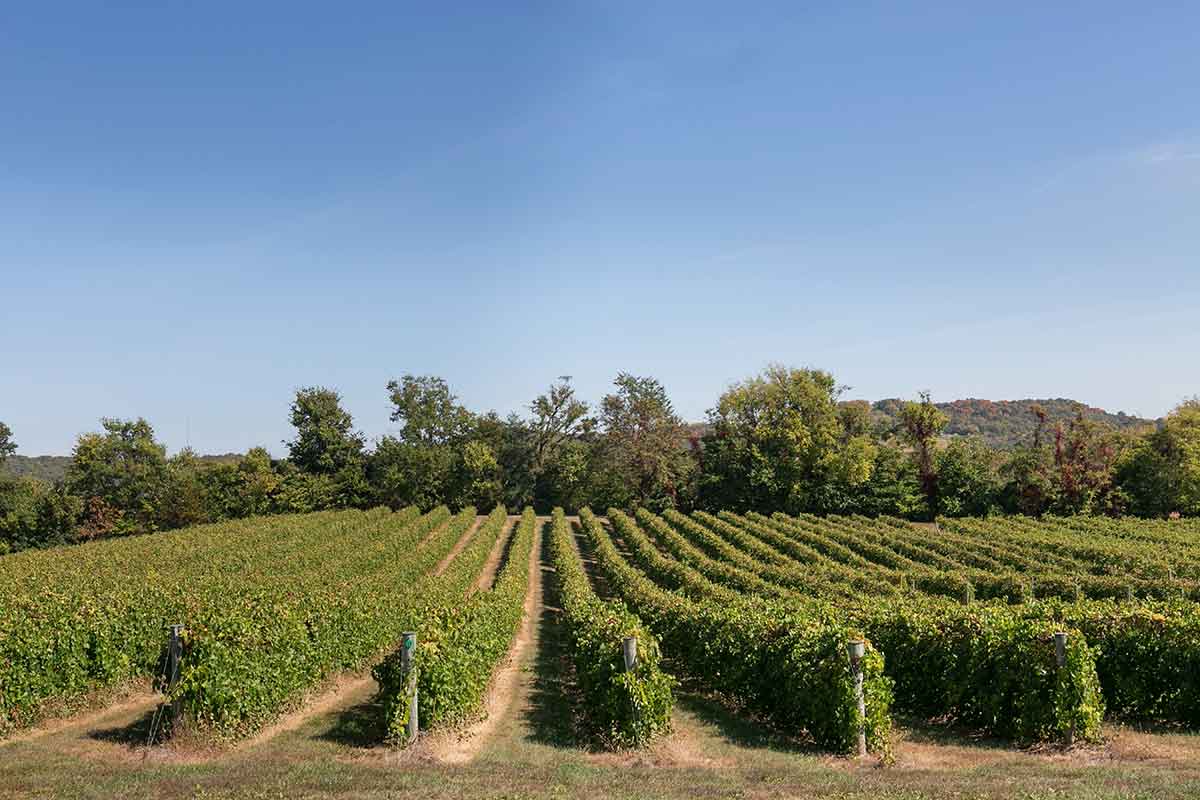Wine and Master Sommelier, Doug Frost, ponders what makes wine natural. Or is wine in itself natural? The term “natural” is more of a marketing concept than a truth in the wine making process. Doug sorts through the misinformation for us.

NOT SO LONG AGO, almost everyone saw wine as the most natural of beverages. After all, it’s nothing more than grape juice allowed to ferment—a naturally occurring process that requires virtually no interference from humans.
Beer? You have to make the grains warm and wet (as if it’s spring) so the starch in the grains converts to sugar. Now roast the grains and grind them up. Add water. Boil it. Add hops flowers. Maybe boil it again. Let it ferment and then (at least in the modern world) pump in the CO2 created during fermentation that you’ve captured in tanks.
Vodka? Take beer and bring it to a temperature just under the boiling point, capturing the steam, but only the middle portion of the steam (the first part of the steam is kind of dangerous, and the last part of the steam is stinky). Do that many, many times.
Wine? Collect grapes, stuff them in a container, put a lid on it (to keep the bugs out) and wait a couple of days. The lid will start to bounce around as fermentattion starts on its own. Wait until the lid stops moving, and that’s wine.
But lately there’s another viewpoint that holds sway; only some wines are natural. The rest are not. As to what makes a wine natural, there is disagreement. Tiny doses of sulfur have been used for centuries. In Europe, wines with sulfite added can be considered natural. In the United States, not so much. Never mind that your average salad bar, box of raisins, or frozen vegetables contain far more sulfur; Americans think that only wines contain it.
There is no legal US definition for “natural wine,” but that doesn’t stop some from pretending otherwise. Or as one so-called expert put it recently, “It’s easier to say what natural wine isn’t.”

Such influencers insist that natural means no “corrective winemaking,” such as enzymes, commercial yeasts, and beet sugar. Most winemakers don’t add anything to their wines unless they must, because it can be costly. And winemakers don’t add beet sugar to their wines—that’s just B.S. Commercial yeasts are no different than the yeasts residing on the walls of wineries. Any busy winery has plenty of yeast hanging out in the building; most of them are leftover commercial yeasts.
For winemakers, the goal is to make wines that don’t need correction. Indeed, that’s how most wines are made. Wines, like those made in Missouri, are sufficiently protected by those tiny amounts of sulfur (just like the Romans did) and by temperature control and stainless steel, which is the greatest corrective action in winemaking. That’s a 20th-century invention—you know, nontraditional—but you don’t hear those “natural wine” people complaining about that.
For those who love and believe in wine’s goodness, it’s frustrating that misinformation rules the day and that so many wines are wrongly vilified. Some marketers have even used the term “clean” for their wines. Thankfully, for the FDA, that is a bridge too far. Since it implied that other wines were “dirty,” the term has been rightfully outlawed. We’re not saying that “natural” should be illegal, too, but if you’re saying it, be certain you know what that word can mean.

All illustrations by FREEPIK/D. BISHOP
Get ready for Spring and the smells of wine in this column by Doug Frost here.
Article originally published in the January/February 2024 issue of Missouri Life.
Related Posts
My Missouri Life
Missouri Life magazine's new editor-in-chief, Sandy Selby, greets readers through the My Missouri Life column.
I popped up from my nest of pillows and books in the back of the family station wagon and announced, “I’m going to live in Missouri when I grow up.” I made that declaration at age nine as my family traveled from our home in northeastern Oklahoma to Branson for a vacation.
7 Reasons to Visit Missouri Wine Country
Springtime is a perfect opportunity to explore Missouri’s unique and beautiful wine country. Need a reason to visit? Here are seven.
Revitalizing Missouri Downtowns
Here’s how Missourians are working together to revitalize downtowns across the state.



